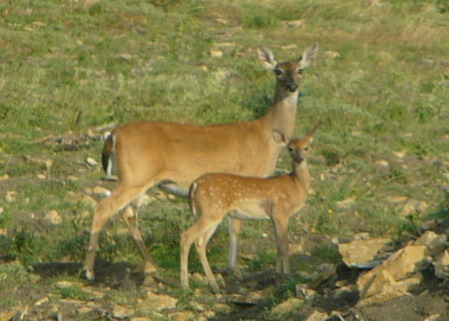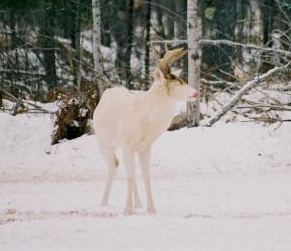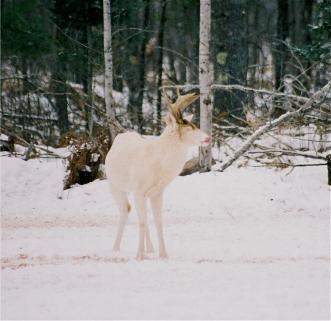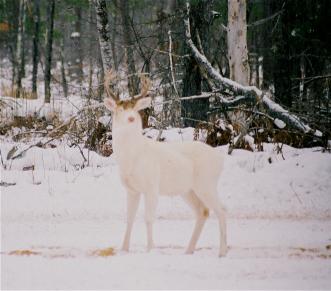In some circles, you will still hear people talk about the old barren doe that lives in a particular part of the ranch. This line of thinking blames poor fawn production on the idea that many older does do not get pregnant. In reality, if the doe isn’t bred during the first estrous period, she will be receptive again 28 days later. This explains the high breeding success in white-tailed deer, even when bucks are scarce. It was recorded in one Texas study, that on average, 92 of every 100 does sampled were pregnant.
White-tailed deer are known for producing twins. In the previously mentioned study, over half of the does examined had twins. Triplets, however, were not common, and the occurrence of triplets was less than two percent. Quadruplets didn’t show up at all in the study. There were more male fetuses than female fetuses. Males represented 56 percent of the unborn fawns over the three years of the study.




